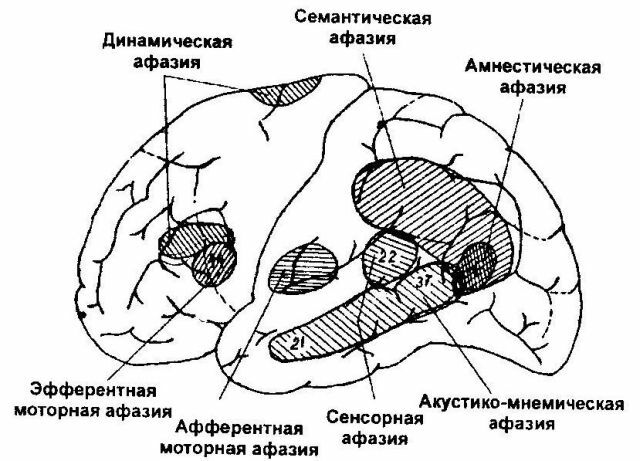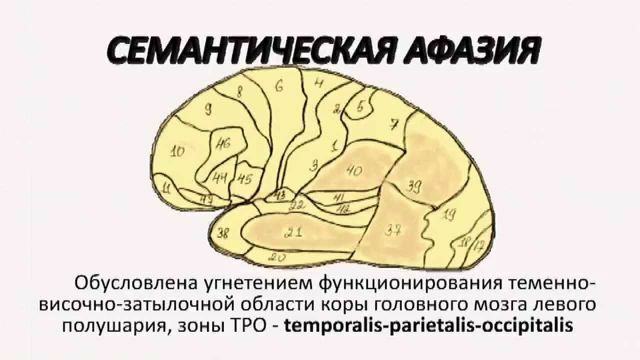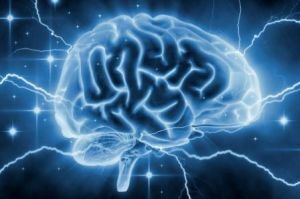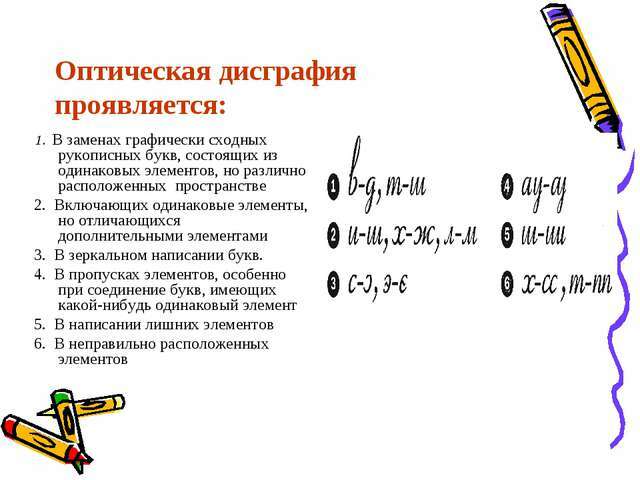 Aphasia is a systemic disease associated with speech impairment. There is a pathology in the organic trauma of the brain.
Aphasia is a systemic disease associated with speech impairment. There is a pathology in the organic trauma of the brain.
There are various forms of aphasia, one of which is semantic. For this form of the disease is characterized by a partial violation of verbal abilities and verbal apparatus. However, a deviation can have a complex form when a person's personality changes and the person's reaction to a disease occurs.
Features of
Violation Semantic aphasia develops when three areas of the cerebral cortex are damaged: the temporal, parietal and occipital zones.
The disease is characterized by several features:
- decay of the semantic and semantic structure of speech;
- combining distant and close vocabulary links.
Also, the patient has a pronounced constructive-spatial apraxia and impaired movement of the fingers. Such patients are characterized by an understanding of simple phrases that contain no more than eleven elements.
A person with semantic aphasia can easily perform simple actions, but if a more complex task is put before it, this can cause considerable difficulty. Logical thinking is broken and is not capable of solving logical and grammatical combinations of words.
Any complications of simple sentences, having cause-effect relations, turns, spatial relations, etc., are incomprehensible to them. It is difficult for patients to understand the metaphorical meaning of proverbs and proverbs.
Semantic aphasia is treatable, but it depends on the causes of the pathology. In difficult cases, you can only improve the patient's condition.

Aggravating factors
In most cases, the cause of the disease is damage to the brain vessels. Often, these disorders are triggered by hemorrhagic or ischemic strokes. As a result of a stroke, mixed aphasia may also occur.
For reasons causing, the disease is also attributed to the following brain pathologies:
- tumor;
- injury;
- surgical intervention;
- is an inflammatory process.
The cause may be Alzheimer's or Pick's disease, which lead to a progressive impairment of the functionality of the central nervous system.
When determining the cause, experts are also considering possible provoking factors:
- age over 50;
- hypertensive disease;
- cerebral atherosclerosis;
- previous cerebral trauma;
- rheumatic heart defects;
- concomitant diseases of the central nervous system.
To determine the causes can be as a result of careful diagnosis, as well as assessing the overall clinical picture.

Features of clinical picture
Aphasia, regardless of its shape, is characterized by a violation of human speech skills. Even minor defects cause further decay of the speech system.
Since the semantic form of the disease is caused by the defeat of the occipital parietal zone, which is dominant in the development of speech, the degenerative process of general speech skills begins. However, the patient does not change with respect to auditory functions, speech memory, and pronunciation of words.
Symptomatic of the disease is expressed by a number of symptoms. Violations are noted:
- when describing an item or its name( for example, instead of "spoon" they say: "what they eat");
- misunderstanding of the grammatical and semantic connection between words;
- perception of only simple instructions( for example, "put a cup on the table");

- has difficulties with logical thinking;
- the perception of any words and phrases only in the literal sense;
- speech is simplified( a rare use of turns, adjectives, adverbs, etc.);
- insensitivity of complex sentences;
- orientation violation;
- inability to solve mathematical problems;
- uncontrollable movement of fingers.
The severity of the disease can have varying degrees. With a mild degree of development of aphasia, only a few symptoms can be noted, which are weakly expressed. If there are more serious problems, then gradually the condition begins to worsen.
Varieties and association with other types of disorders
Aphasia is divided into several forms, which are classified according to anatomical, psychological and linguistic features of the manifestation. More often than not, experts use the classification defined by Lurium. At the heart of his definitions is the symptomology of pathology and the area of brain damage.
According to its classification, semantic aphasia happens:
- is acoustic-mnestic;
- dynamic;
- acoustic-gnostic;
- amnesic-semantic;
- motor.
Depending on the affected area of the head, a mixed form of the disease may progress. In most cases, the combined effect of afferent-motor and semantic aphasia, which develops when the vessels are damaged in the lower part of the cerebral cortex, is diagnosed. Diagnosis and treatment in this case are complicated by extensive symptoms.

Diagnosis and differentiation of
It is difficult to diagnose a disease, because in some cases the clinical picture is similar to the symptoms of other diseases. In order to accurately establish the diagnosis, differential diagnosis is used in conjunction with other methods of medical examination.
In addition to the delivery of laboratory tests, the diagnosis includes the passage of hardware studies:
- CT, or MRI of the head;
- UZGD vessels of the neck and head;
- MR angiography;
- lumbar puncture;
- duplex scanning of cerebral vessels.
A doctor and a neuropsychologist also conduct a patient examination. An evaluation of oral( written) speech, auditory memory, visual gnosis and other possible abnormalities that may occur in the patient is performed.
On the basis of the obtained clinical picture, differential diagnosis is performed, which makes it possible to distinguish aphasia from other diseases.
Semantic aphasia has similar symptoms with the following pathologies:
- alalia ( develops when speech is not yet formed);
- dyslalia ( characterized by a violation solely by sound pronunciation);
- dysarthria ( manifested by a violation of the functionality of the articulatory apparatus);
- Mental retardation ( decreased intellectual ability, primary attribute).
Correct diagnosis is the main guarantee of successful treatment. It is impossible to determine the diagnosis independently. Also, it should be borne in mind that the diagnosis should be done by more than one doctor, but by several specialists with experience in the treatment of brain disorders.
Therapy and rehabilitation
 Treatment of semantic aphasia is mainly performed by a doctor of speech therapist. If you need to eliminate co-morbidities, you may also need help from other specialists. Therapy takes a long time and requires considerable patience.
Treatment of semantic aphasia is mainly performed by a doctor of speech therapist. If you need to eliminate co-morbidities, you may also need help from other specialists. Therapy takes a long time and requires considerable patience.
Only in exceptional cases there is a sudden restoration of speech.
Treatment can be carried out by several methods or their combined effect:
- Logopedic therapy .It is spent for restoration of speech skills, abilities to reading and writing.
- Medication Therapy .It consists in taking medications normalizing the natural processes in the brain( Vinpocitin, Pyracetam, Mexidol, etc.).
- Physiotherapy .Electrostimulation is carried out in various ways, which contributes to the complete or partial restoration of the functionality of the affected areas of the brain.
The basic therapy is designed for the actions of a speech therapist, which gradually with the help of various techniques restores the speech skills of the patient.
Apply the technique of differentiating pictures with objects and their correlation with the real sample. Also used logopedic technique of differentiation of digital values.
The emphasis is on solving problems in mathematics. The last step is to restore the perception of spatial significance and other skills. The general effect on the brain allows you to consolidate the results.
The prognosis for treatment is different. The restoration of speech depends on many factors. Therapy gives a full positive result mainly in people at a young age. For children under 5 years and people over 50, the risk of retention of speech defects is high.



